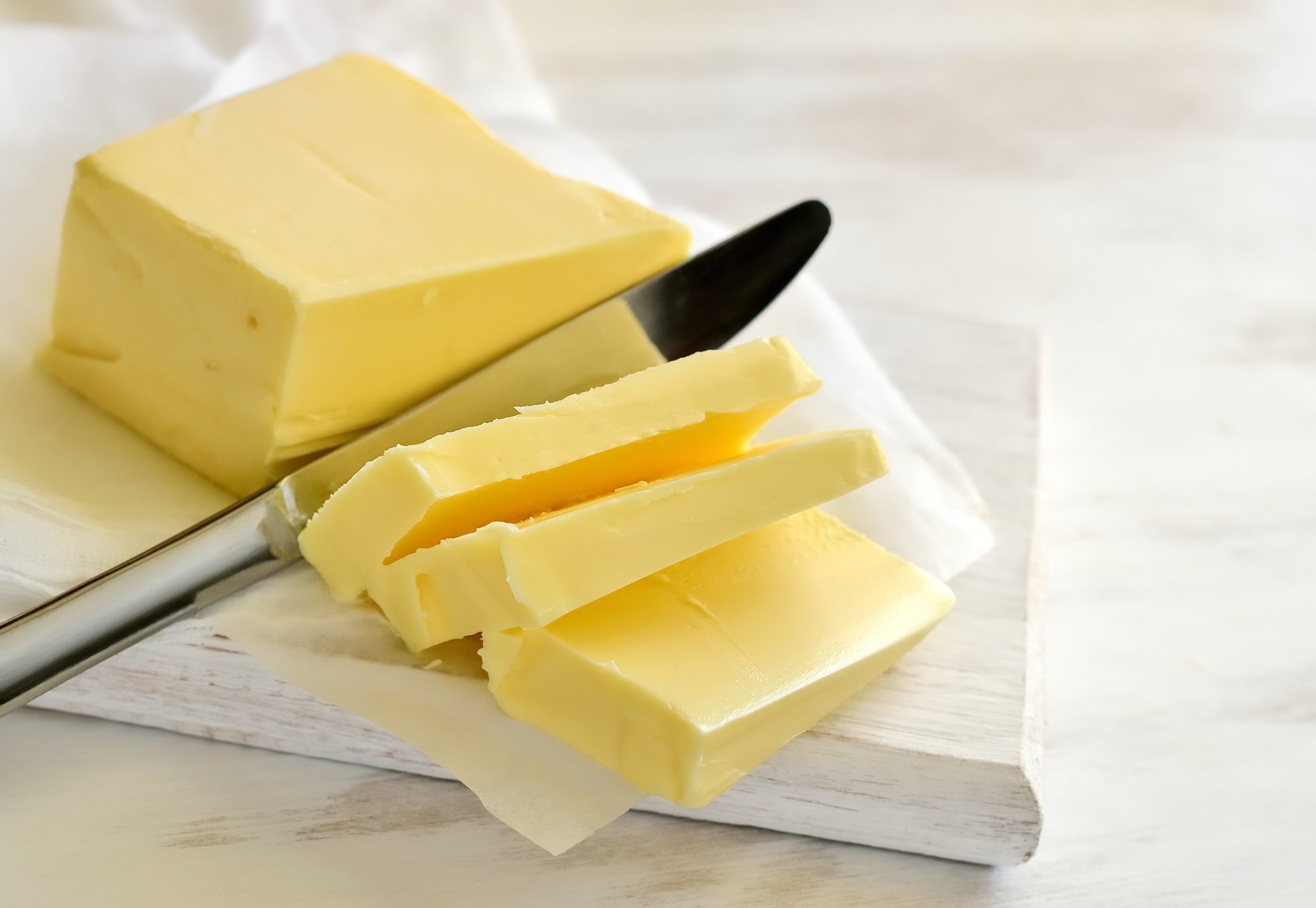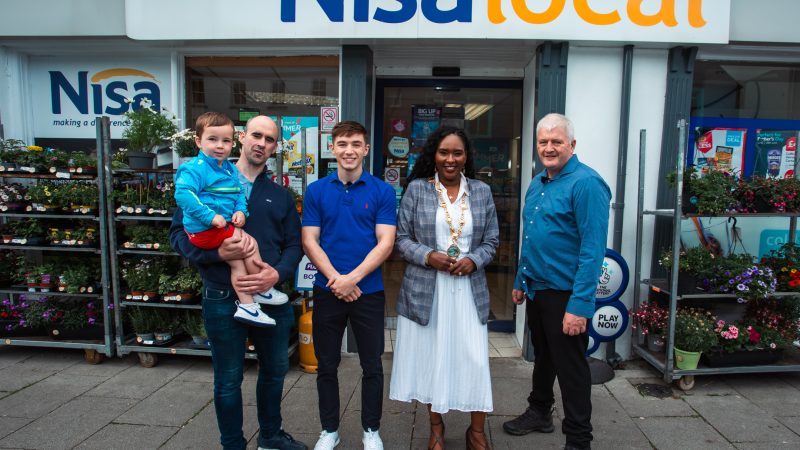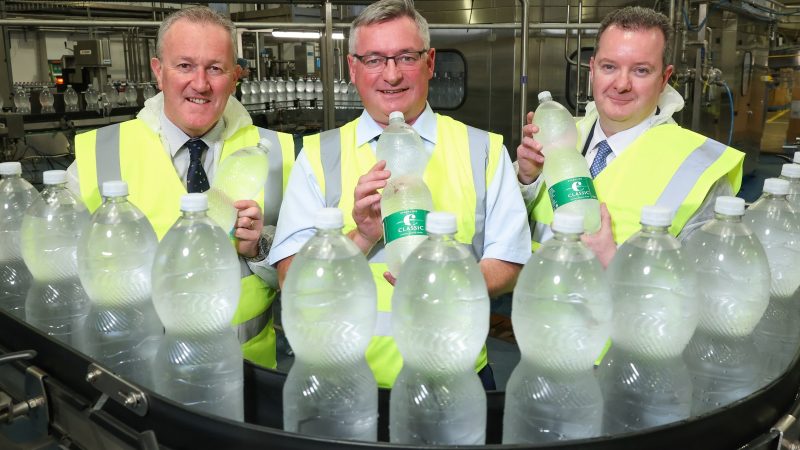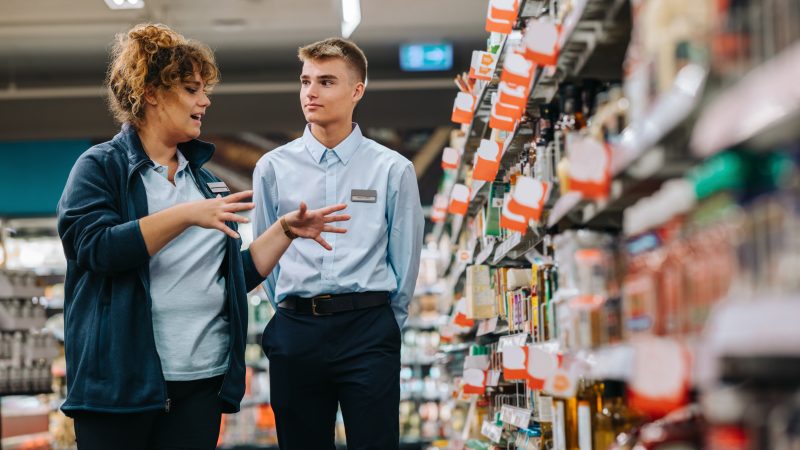Grocery price inflation falls for seventh month in a row

Grocery price inflation now stands at 11% for the four weeks to 1st October, with the price of butter down 16p compared with this time last year.
The grocery price inflation fell for the seventh month in a row – the lowest rate since July 2022, according to the latest data from Kantar. Take-home grocery sales over the same period rose by 9.1% compared with last year.
The proportion of groceries bought on deal increased to 26.5% in the latest 12-week period, the highest level since June 2022.
The warmer weather last month saw volume sales of ice cream, burgers and dips shot up in September.
The recent data from Kantar shows that Lidl was the fastest growing retailer, with sales up by 15.2% over the 12 weeks, marking the first time the discounter has led the pack since April 2023 and means it now has a market share of 7.6%.
‘PRICES DROPPING’
Tom Steel, strategic insight director at Kantar said that while grocery price inflation was still “very high”, shoppers would be relieved to see the rate continuing to fall.
“For the first time since last year, the prices of some staple foods are now dropping and that’s helping to bring down the wider inflation rate,” said Tom.
“Dairy was one of the categories where costs really shot up last autumn but the average price paid for a 250g pack of butter is now 16 pence less than 12 months ago.”
He added that a jump in the amount of money spent on offers was also helping to offset the impact of inflation.
“Supermarkets are looking at all the different ways they can deliver value at the tills and while the emphasis for some time has been on everyday low prices, the retailers are starting to get the deal stickers out again,” added Tom.
‘SHOPPERS STILL UNDER PRESSURE’
“Spending on promotions made up over a quarter of all sales in the latest 12-week period at 26.5%, the highest level since June 2022.
“Brands have also done well. Branded promotion sales hit their highest rate since January this year, helping the category grow sales by 7.3% across the 12-week period and narrows the gap with own-label lines, which grew by 10.1%.”
Meanwhile, Sue Davies, Which? Head of Food Policy said that while inflation easing was positive, many shoppers are “already struggling to make ends meet”.
“Millions of people up and down the country continue to take extreme measures, such as skipping meals, as their budgets are ravaged by increased household bills,” said Ms Davies.
“Supermarkets have the power to ease the huge pressure faced by shoppers, especially families and those on low incomes, by putting budget range items in hundreds of more expensive convenience stores. Which? research has found that these stores rarely, if ever, stock the cheapest products.”







